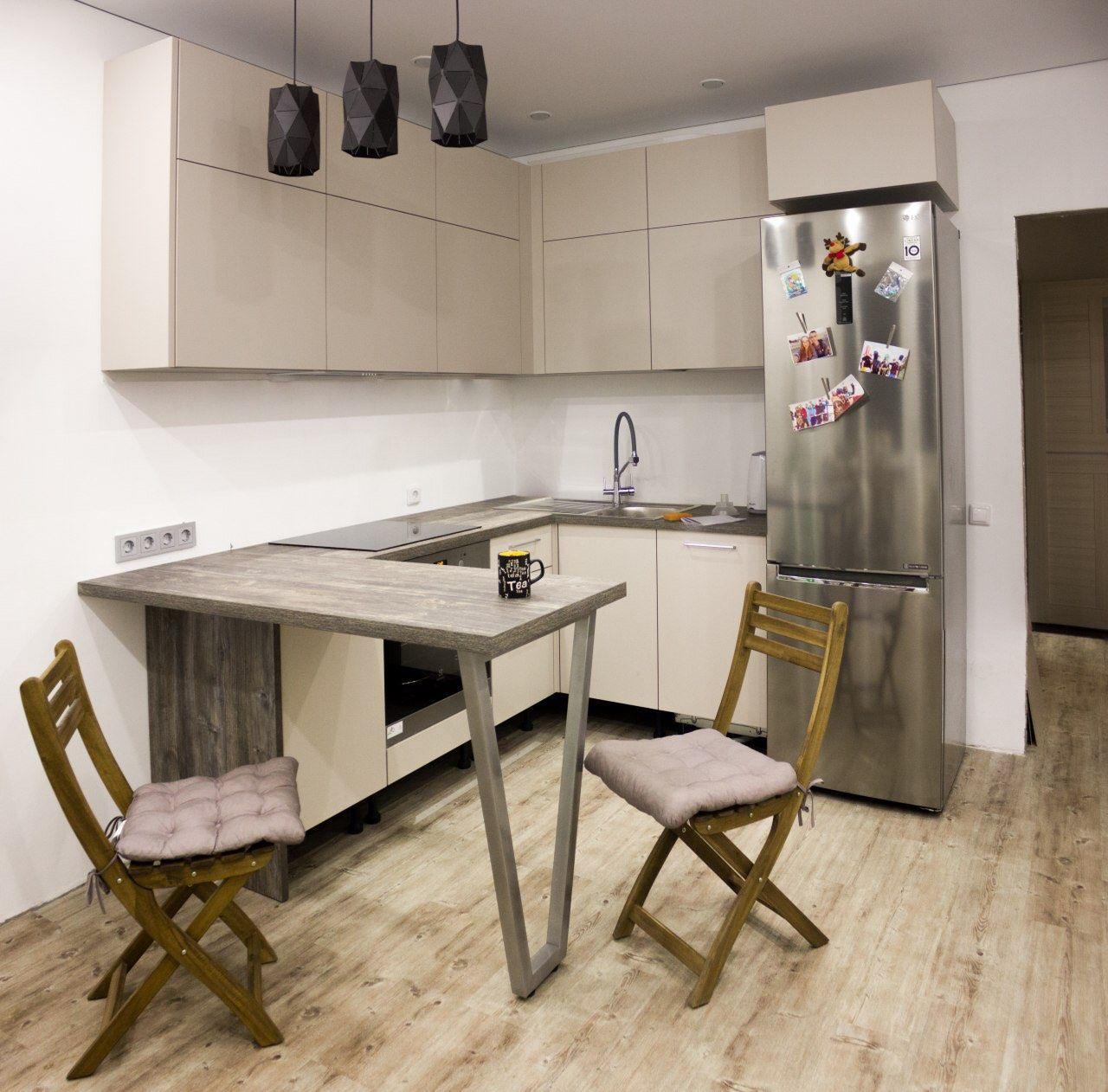
Introduction to the Modern Kitchen
The kitchen is often referred to as the heart of the home, and for a good reason. It's where meals are prepared, where families gather, and where memories are made. But with the rapid pace of modern life and the advent of new technologies, the traditional kitchen is undergoing a revolution. This transformation is not just about aesthetics; it's about enhancing the overall cooking and living experience. In this article, we'll explore how you can revolutionize your kitchen to make it more efficient, enjoyable, and future-ready.
Integrating Smart Technology
One of the most significant changes in kitchen design and functionality is the integration of smart technology. Smart appliances, such as refrigerators that can keep track of your groceries and order more when you're running low, or ovens that you can control with your smartphone, are changing the way we interact with our kitchen. Imagine preheating your oven on your way home from work or having a coffee machine that knows exactly when to start brewing your morning cup. With these advancements, your kitchen is not just a place to cook—it's an assistant that helps streamline your daily routines.
Designing for Efficiency and Accessibility
Design plays a crucial role in revolutionizing your kitchen experience. The layout of your kitchen, the placement of appliances, and the flow are essential factors that contribute to a hassle-free cooking environment. Innovations such as pull-out shelves, adjustable counter heights, and touchless faucets improve accessibility and ensure that your kitchen caters to all family members, regardless of age or ability. Incorporating such elements can transform a cluttered and inconvenient space into a model of efficiency and comfort.
Upgrading to Energy-Efficient Appliances
Efficiency in the kitchen also extends to the appliances you use. Upgrading to energy-efficient models not only reduces your carbon footprint but also saves money on utilities over time. Modern appliances are designed to use less water and electricity without compromising on performance. This eco-friendly approach allows you to enjoy high-quality gadgets while supporting sustainability efforts.
Embracing Multifunctional Spaces
Kitchens are no longer just for cooking. They have evolved into multifunctional spaces where you can dine, entertain, and work. This shift calls for versatile furniture and layouts that accommodate various activities. For instance, a kitchen island can serve as a prepping station, dining table, and a workspace all in one. By embracing this concept, you can make the most of the available space and create a dynamic area that meets the diverse needs of your household.
Creating an Aesthetic that Inspires
Aesthetics are just as important as functionality when revamping your kitchen. The materials, colors, and textures you choose can profoundly influence the ambience of the space. Opting for a clean and minimalist look can help create a calming environment, while bold and vibrant designs might inspire creativity and energy. Materials like natural stone, wood, or stainless steel can add a touch of elegance and also withstand the wear and tear of daily use. Finding the right balance between beauty and durability is key to a kitchen that inspires every day.
Conclusion: The Kitchen of Tomorrow, Today
The kitchen is evolving from a purely functional space into a technological, efficient, and aesthetically pleasing part of the home. By incorporating smart technology, focusing on efficient design, upgrading to energy-efficient appliances, and creating multifunctional spaces, you can build a kitchen that not only looks stunning but also enhances your lifestyle. Whether you're an avid cook or just enjoy spending time in this central part of your home, these tools and strategies can help you create the kitchen of tomorrow, today.